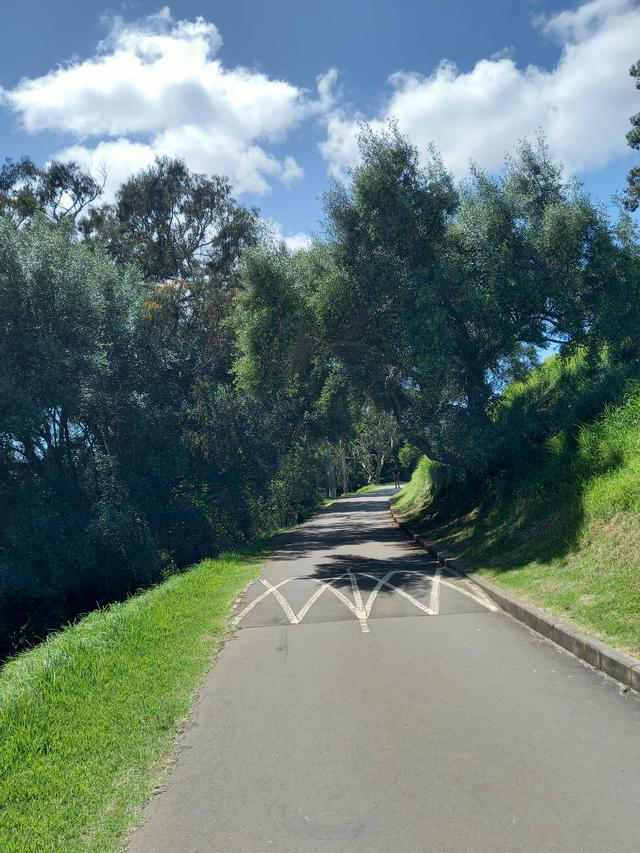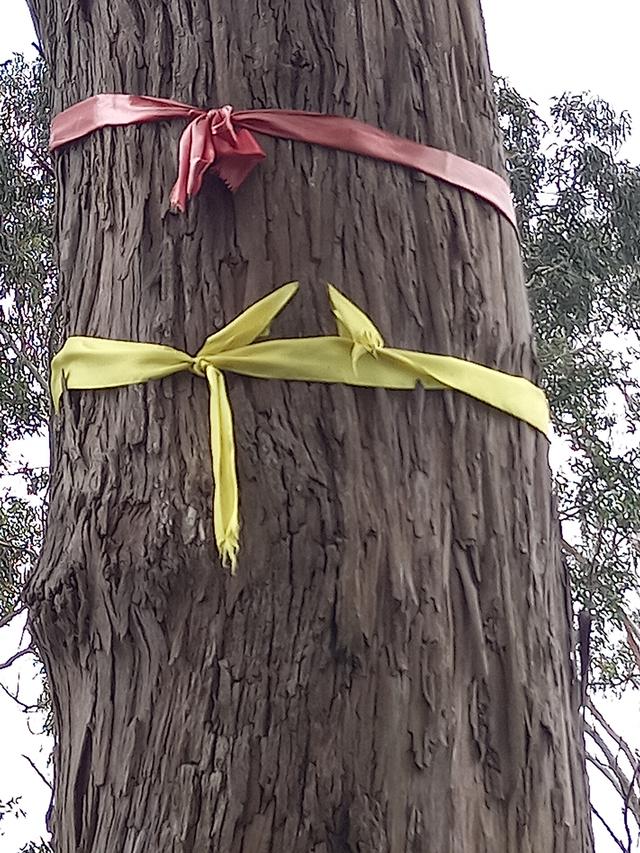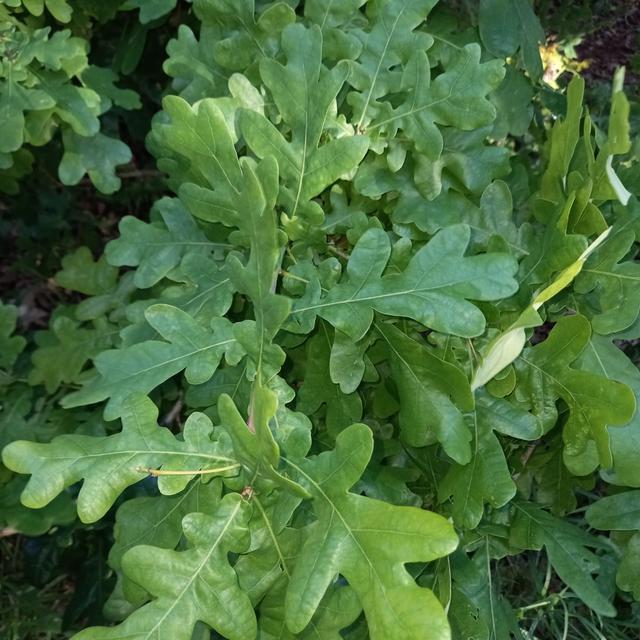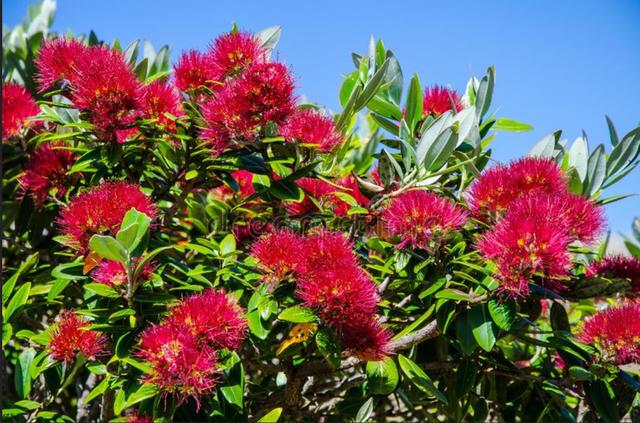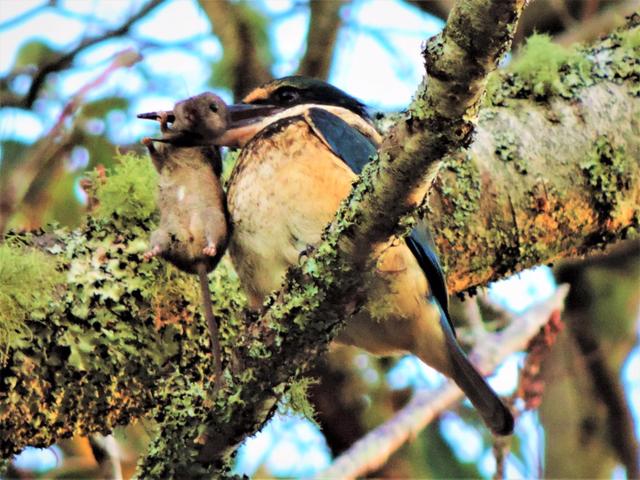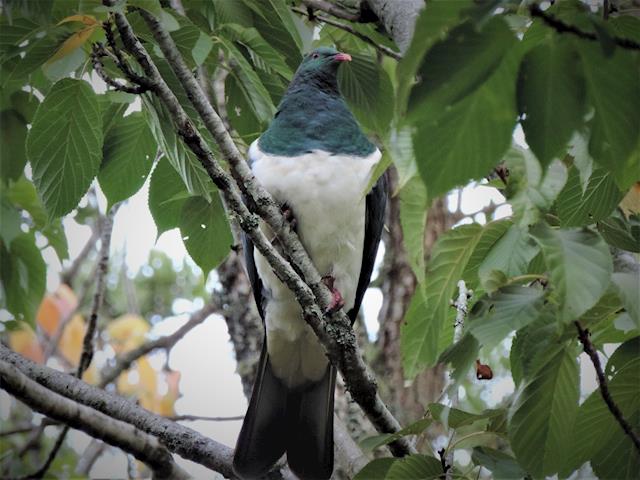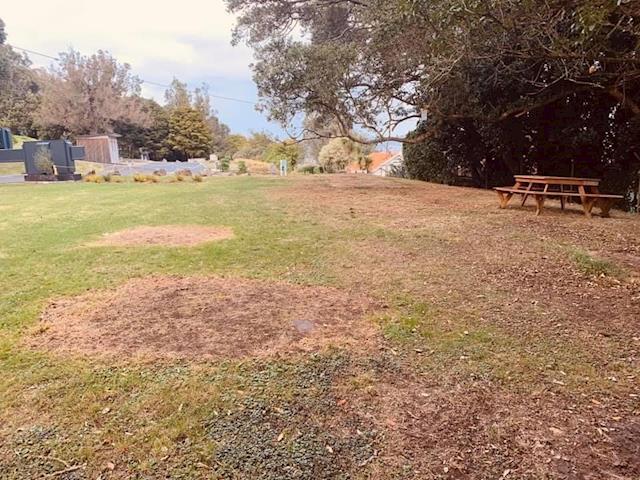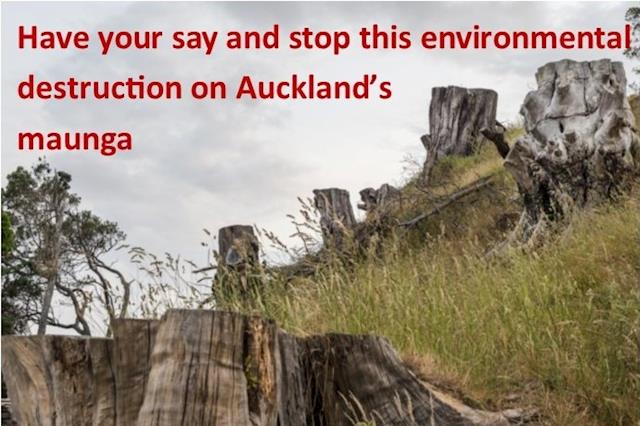Thanks so much to everyone who has so generously donated to our tree-saving cause. Your support is hugely appreciated.
Covid may have kept us away from our daily presence at the maunga, but it hasn't dampened our burning determination to save the trees.
We are still awaiting the Judicial Review appeal decision, although it is possible that the Lockdown could have slowed that process down.
In the meantime, misinformation about the situation continues to circulate. Here are some facts to counter some of the fake news out there.
FICTION: Keeping the maunga exotics prevents natives being planted
FACT: Planting plans show, for the most part, natives will not be planted in areas currently inhabited by non-native trees, so there is no environmental reason why the non-natives cannot stay. Keeping them will provide windbreaks for the native plantings, and ongoing protection for the multitude of self-sown native seedlings already growing under their protective cover.
FICTION: They are Mana Whenua’s maunga; they can do what they want with them
FACT: The maunga are owned by collective of 13 iwi and hapū but the Treaty settlement required them to be held in trust for the benefit of that collective and “all other people of Auckland”. They cannot be sold or developed as housing, and are subject to Reserves Act provisions. The collective’s decision to make the maunga accessible to everyone was a pragmatic one because the Treaty settlement would have stalled without that guarantee.
Please note that Honour the Maunga’s concerns are solely environmental ones. We have NO position on this – or any other – Treaty settlement.
FICTION: Just because the public are allowed to access the maunga does not mean they can decide what happens on it
FACT: The Authority administers the maunga lands but does not own them. It is a ratepayer-funded co-governance organisation. Half of its members are Auckland Council representatives who are appointed to represent all Auckland residents. If they must not have any say on behalf of the public, then why are they there? This question drives to the heart of what the “co” in co-governance actually means.
FICTION: The Authority’s plans will result in stunning native forest stands on the various maunga
FACT: Planting plans show there is no intention to “cloak” Tāmaki Makaurau’s maunga in forests. Instead, there will be limited areas of plantings largely comprising low-growing species such as grasses, flaxes and shrubs. The end result will be mostly bare looking maunga with small areas of intensive plantings on the lower slopes.
Documents show the Authority intends for the maunga eventually to look like the bare pa sites of old.
FICTION: If you want to save the maunga trees then you must be a racist
FACT: Maunga tree protectors come from all ethnicities and walks of life, including Māori. If standing up for Papatūānuku / Mother Earth automatically qualifies us all as racists, then so be it.
FICTION: Retaining the non-natives is retaining an “archaic colonist ideal”
FACT: What utter nonsense – just ask the tūī , kereru (wood pigeon), kākā, rurū (morepork) and pīwakawaka (fantail) who routinely use the maunga non-natives as food, homes and shelter.
If the Authority succeeds in destroying around 2500 healthy mature non-native trees, then where will the birds and other lifeforms who relied upon them be expected to live, roost and eat in the 50-100 years it will take for the tiny number of newly-planted native tree species to reach maturity?
Non-native trees aren’t “colonist ideals”; they are trees; trees that help mitigate climate change and provide us all with oxygen.
IMAGE CAPTION: There are some talented photographers among Honour the Maunga's supporters. One of them, Sharon Jones, recently took this amazing photo of a kotare / kingfisher sitting in one of Ōwairaka's Japanese cherry trees. We're not sure how it managed to down its huge lunch!
